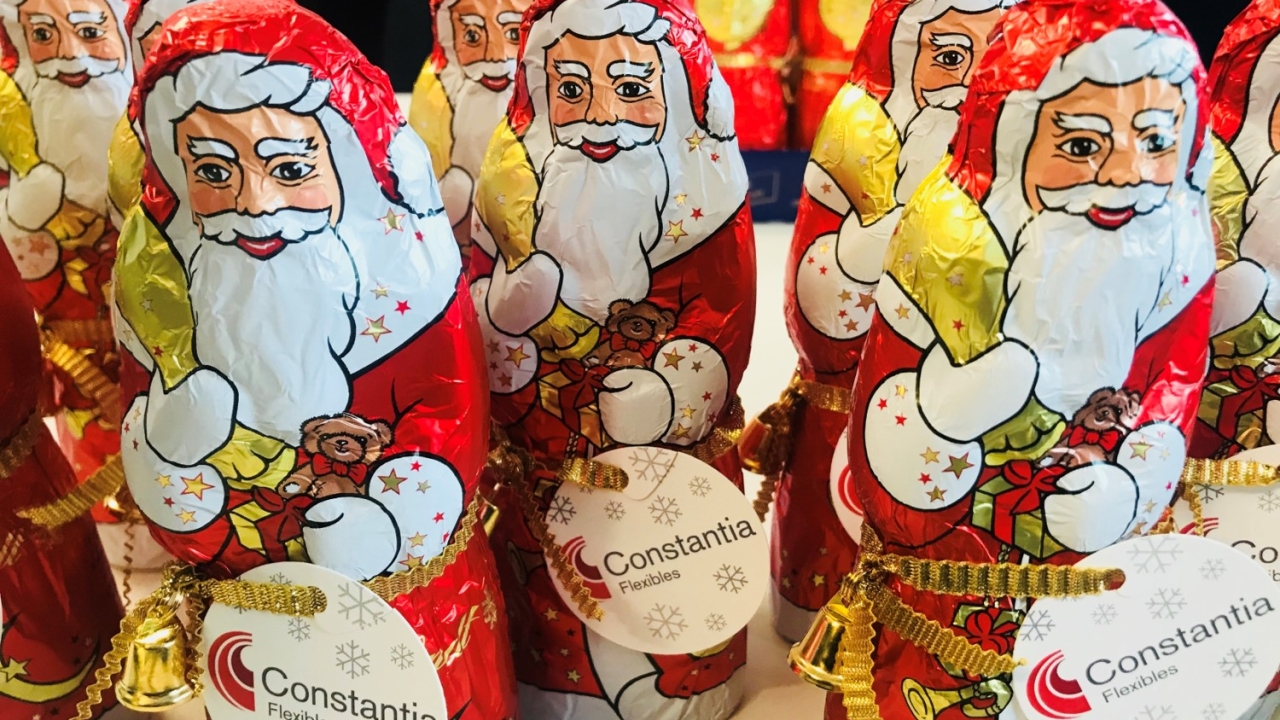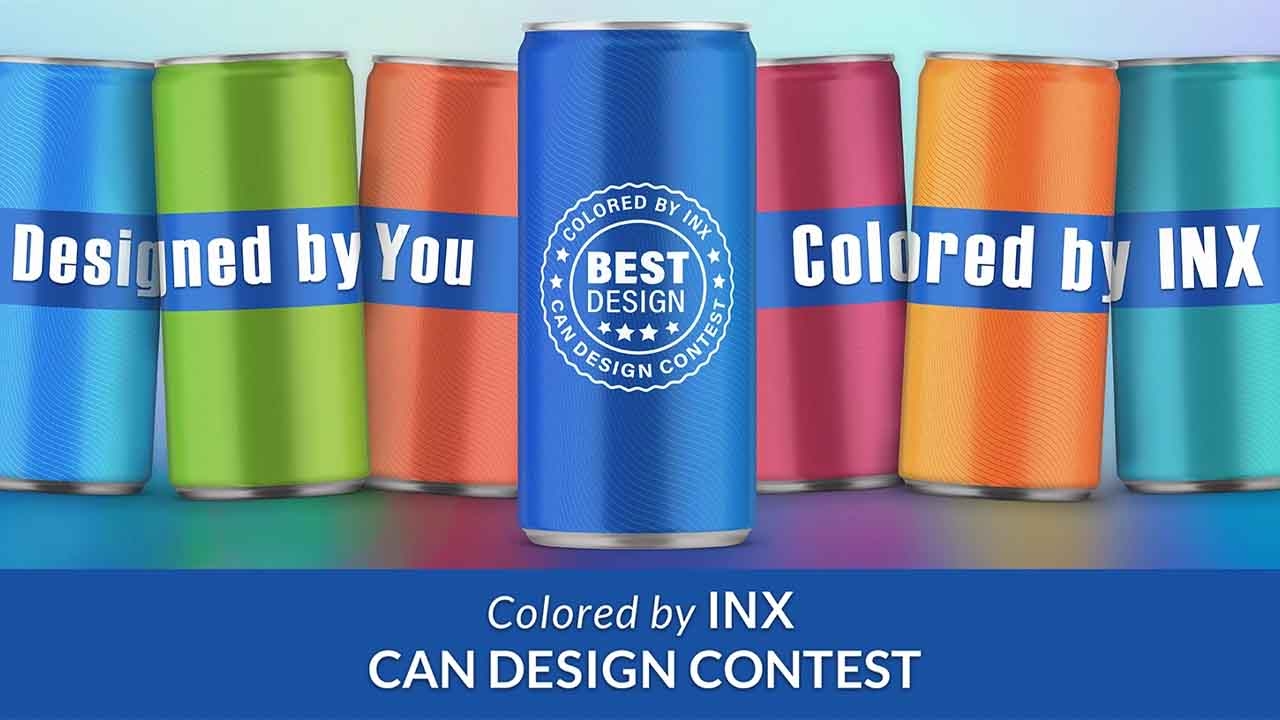Constantia Flexibles delivers decoration for chocolate Santa Clauses
Constantia Flexibles has once again delivered the packaging for chocolate Santa Claus figures enjoyed around the world, with its Tepro2 method allowing them to remain in optimum condition and be unwrapped cleanly by consumers.

Around 1820, the first Santa Claus figures started to be made from solid chocolate. Approximately 20 years later, they were produced for the first time as hollow bodies in the form which is used today. Constantia Flexibles has a long history of producing printing foil and film for Santa Clauses, Easter bunnies and other chocolate figures. Today, Constantia Flexibles manufactures packaging for more than 50 percent of the 150 million chocolate Santa Clauses produced in Germany every year.
With the company’s patented Tepro2 method, they can be unwrapped in one piece without breaking the chocolate. The aluminum foil prevents the migration of printing ink components and other substances from the outside and offers complete protection from the light. The patented method, which involves aluminum foil being produced industrially and rolled, has been in existence for more than 100 years. Edged facial traits or very pointy feet could lead to problems when the Santa Clauses are wrapped up; Tepro2 avoids these as it is a combination of aluminum with very thin OPP foil. The foil is claimed to display excellent tear strength while staying easy to wrap. This helps enable the implementation of creative ideas, such as new contours on chocolate figures. Design possibilities range from low-priced products in a mixed bag to glossy golden premium products at the point of sale.
To enable consumers to unpack hollow figures in one go, without tearing, a special lacquer has been developed which is applied on the outside or inside of the film. This lacquer functions like a rubber band preventing the foil from breaking down small pieces when it is removed.
Stefan Grote, executive vice president, group technology and Food Europe, Constantia Flexibles, said: ‘Aluminum foil does not interact with the chocolate at all. Thanks to the manufacturing process, the surface is free of contaminants and does not support the growth of any microorganisms. The low restoring force of the aluminum foil allows the foil to be wrapped tightly around the chocolate product during packaging.’
In addition to Europe, many Santa Clauses are exported to the US, Australia, India and to Japan.
Stay up to date
Subscribe to the free Label News newsletter and receive the latest content every week. We'll never share your email address.

